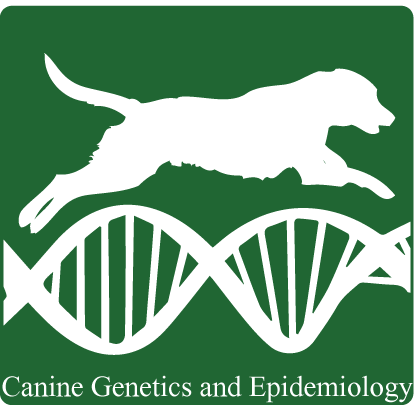Quote
Although the current study identified a higher prevalence of URT disorders in extreme brachycephalic compared with moderate and non-brachycephalic dogs, these results may even have under-estimated the true disparity between these groups. A normalisation phenomenon is increasingly recognised that describes the acceptance as ‘normal’ of some common chronic and highly breed-associated conditions [35]. The owners of over half of dogs diagnosed with BOAS at a referral centre stated that their dog did not have breathing problems [18]. This normalisation phenomenon may blind owners and veterinarians to URT disorders in commonly affected breeds and lead to under-reporting and under-diagnosis. In recent years, the Pug and French Bulldog in particular have experienced a phenomenal surge in popularity [12], partly explaining why the extreme brachycephalic breed types were younger than the moderate and non-brachycephalic breed types in the current study. The clinical signs of URT disorders associated with brachycephaly are reported to exacerbate dogs age [16, 37], suggesting that the difference in URT disorder prevalence between the extreme brachycephalic breed types and their moderate and non-brachycephalic counterparts might have been even greater if the two groups were age-matched.

Recommended Comments
Please sign in to comment
You will be able to leave a comment after signing in
Sign In Now